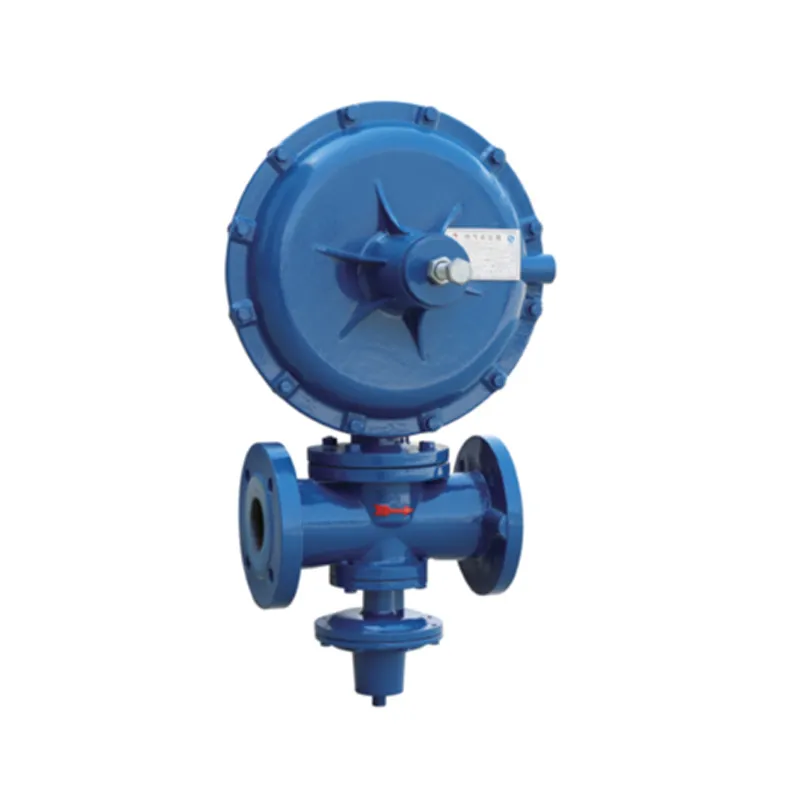
Dec . 12, 2024 10:10
Back to list
صمام تنفيس أمان الغاز
Understanding Safety Relief Valves in Gas Systems
In the realm of industrial safety, the importance of safety relief valves, particularly in gas systems, cannot be overstated. These devices play a critical role in preventing hazardous situations that could arise due to excessive pressure within gas systems. This article aims to provide a comprehensive overview of safety relief valves, including their function, types, installation, and maintenance practices to ensure optimal performance.
What is a Safety Relief Valve?
A safety relief valve (SRV) is a critical component designed to protect enclosed systems from pressure build-up that could lead to catastrophic failures. In the context of gas systems, these valves are engineered to release excess gas when pressure exceeds predetermined limits. By doing so, they help maintain system integrity and prevent explosions, equipment damage, or harmful gas leaks.
How Do Safety Relief Valves Work?
The operation of a safety relief valve is relatively straightforward. When the pressure within a gas system exceeds the set pressure of the valve, the valve opens, allowing gas to escape into the atmosphere or a designated containment area. Once the pressure is reduced to an acceptable level, the valve closes automatically. This action is often a result of a spring-loaded mechanism that responds to changes in pressure, ensuring safety is maintained without the need for manual intervention.
Types of Safety Relief Valves
There are two primary types of safety relief valves used in gas systems
1. Relief Valves These are typically used for gas applications and operate on a pressure setting that is adjustable. They are designed to open incrementally to relieve pressure gradually.
2. Safety Valves Safety valves, on the other hand, are designed for more rapid discharge. They are often used in high-pressure systems where a quick release of pressure is crucial to avoid dangerous conditions.
.
Installation Considerations
صمام تنفيس أمان الغاز

The proper installation of safety relief valves is essential for their effective functionality. Installation should be performed by qualified personnel to ensure adherence to local codes and standards. Key considerations during installation include
- Location The valve should be installed where it can effectively relieve pressure without obstructing the normal operation of the system. - Orientation Safety relief valves should be installed upright to allow for optimal operation and prevent the accumulation of debris or liquid which could compromise the valve’s functionality.
- Piping and Sizing It’s crucial that the piping connected to the valve is appropriately sized to handle the discharge flow and prevent back pressure, which could cause the valve to malfunction.
Maintenance and Testing
Routine maintenance and testing of safety relief valves are vital to ensure they function correctly and reliably. Maintenance activities include
- Regular Inspections Visual inspections should be conducted to check for any signs of wear, corrosion, or damage to the valve.
- Testing Scheduled testing of the valve's performance should be performed to confirm that it opens at the correct pressure and closes tightly after the pressure has been relieved.
- Cleaning Any build-up of dirt or debris should be cleaned to prevent interference with the valve's operation.
Establishing a maintenance schedule based on the manufacturer’s recommendations and regulatory requirements is an important step in ensuring the safety and reliability of gas systems.
Conclusion
Safety relief valves are indispensable elements of gas systems, acting as the first line of defense against potential hazards associated with pressure build-up. Understanding their functionality, types, installation requirements, and the importance of maintenance can greatly enhance the safety of gas operations. By prioritizing the reliability and performance of these valves, industries can effectively mitigate risks and ensure a safer working environment. Regular assessment and adherence to safety protocols are paramount in maintaining the integrity of gas systems and safeguarding both personnel and equipment.
Next:
Latest news
-
Safety Valve Spring-Loaded Design Overpressure ProtectionNewsJul.25,2025
-
Precision Voltage Regulator AC5 Accuracy Grade PerformanceNewsJul.25,2025
-
Natural Gas Pressure Regulating Skid Industrial Pipeline ApplicationsNewsJul.25,2025
-
Natural Gas Filter Stainless Steel Mesh Element DesignNewsJul.25,2025
-
Gas Pressure Regulator Valve Direct-Acting Spring-Loaded DesignNewsJul.25,2025
-
Decompression Equipment Multi-Stage Heat Exchange System DesignNewsJul.25,2025

